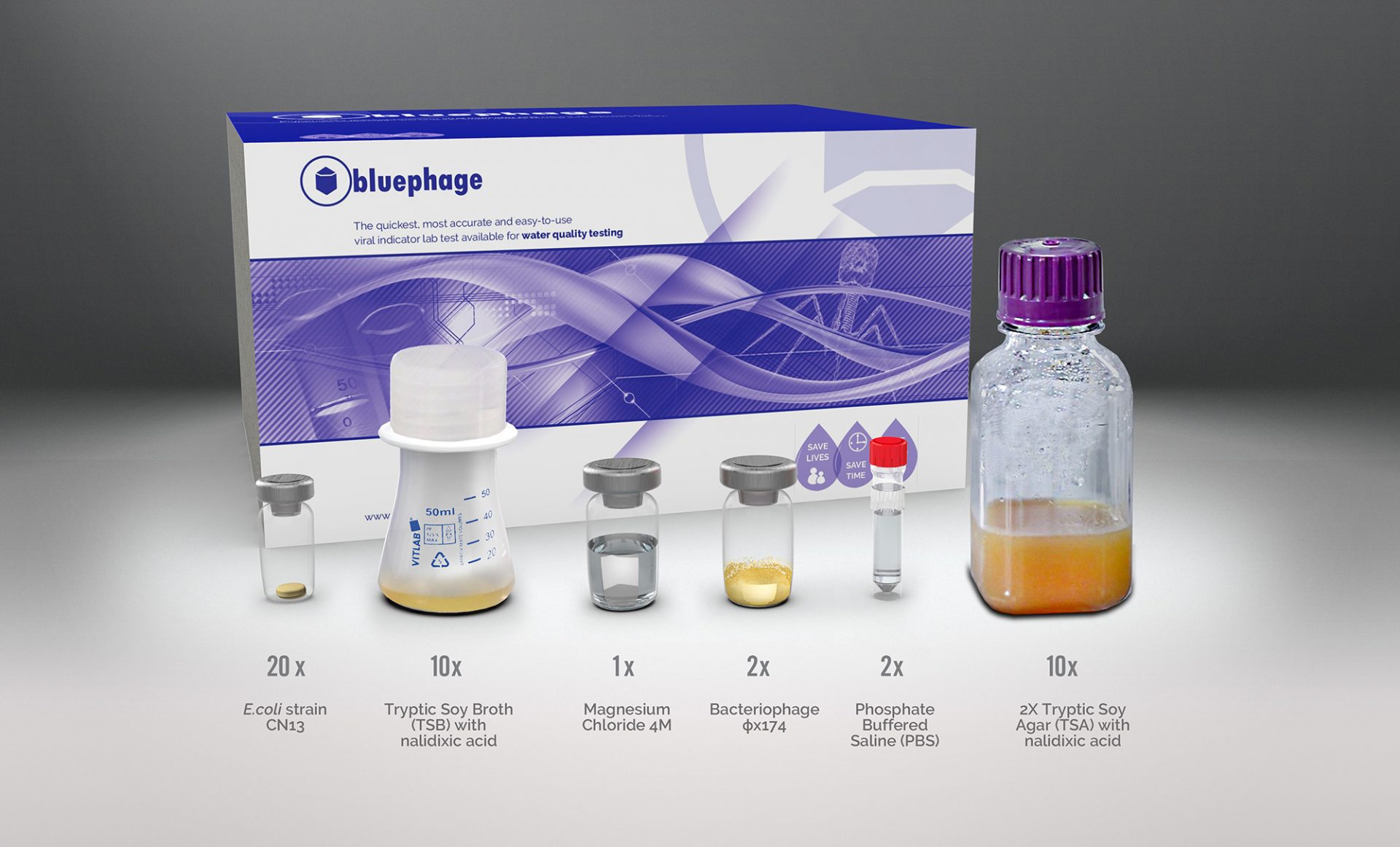BLOG | Bluephage
Why are coliphages the new viral indicators in microbiological water analysis?
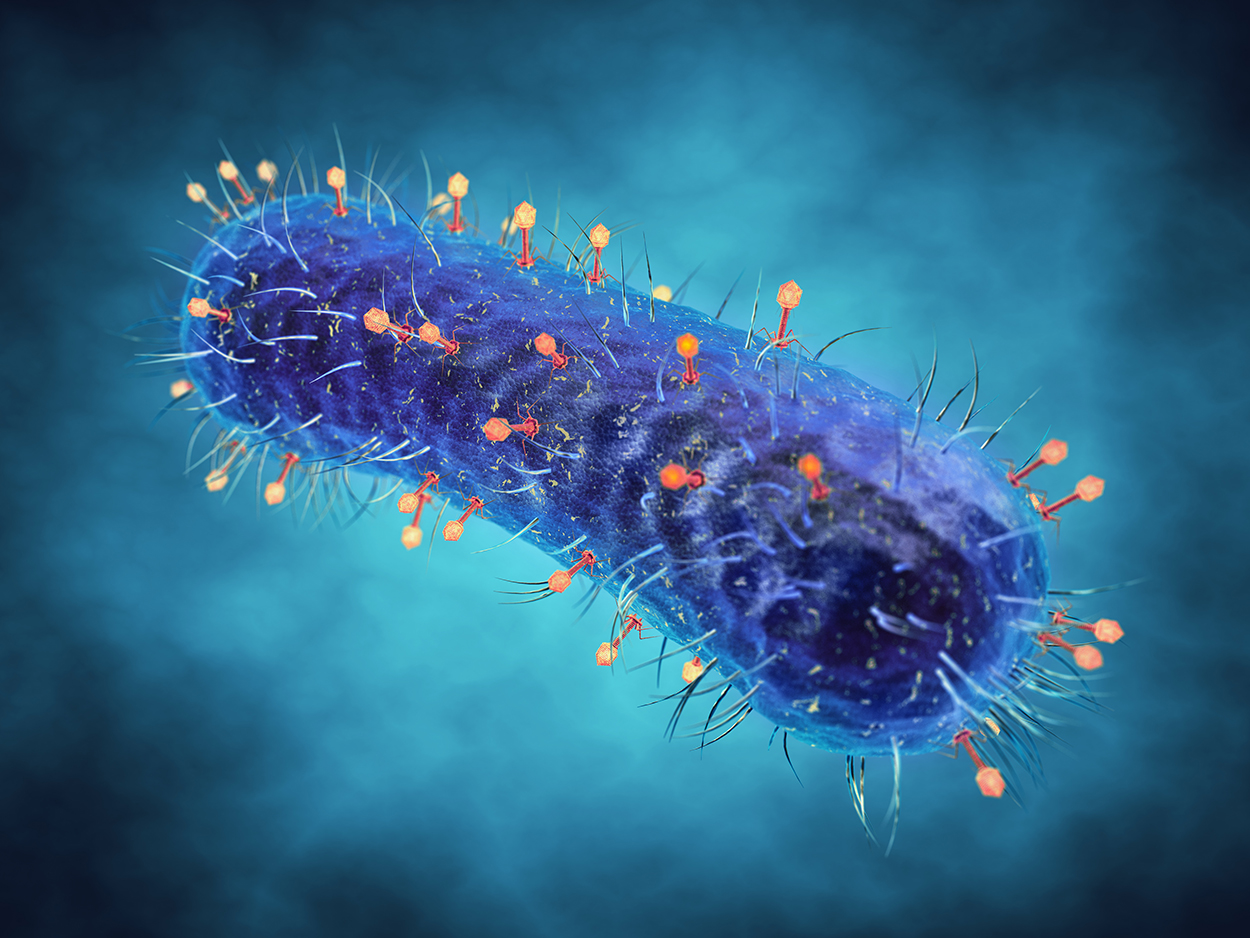
The urgency of better water quality
1 billion people without access to safe drinking water
270 diseases associated with contaminated water globally
5 million waterborne pathogen infections/year in the U.S.
2 million hospitalizations per year in developed countries due to waterborne pathogens
Microbiological water quality monitoring and management are central to water safety and sanitation plans. It is currently performed by bacterial indicators, but since 2018, the WHO recommends that coliphage analysis in surveillance programs be evaluated taking into account local circumstances and scientific criteria. At the beginning of 2021, the new European Drinking Water Directive requires monitoring for coliphages as it is a useful fecal indicator, as it will determine whether the raw source water contains them in more than 50 plate-forming units per 100 mL of aliquot.
Why viral indicators? Virus vs. Bacteria
Bacterial indicators are limited and cannot detect the presence of viral pathogens.
Coliphages are better indicators of water quality because they are:
- 50 x smaller than bacteria
- Greater abundance and persistence in the environment
- More resistant to treatment
- Faster replication speed than bacteria
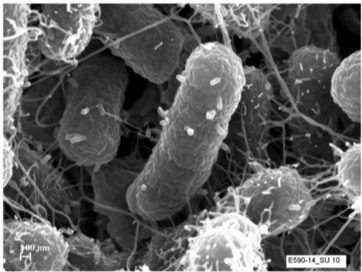
Comparison: Bacteria vs. Virus size
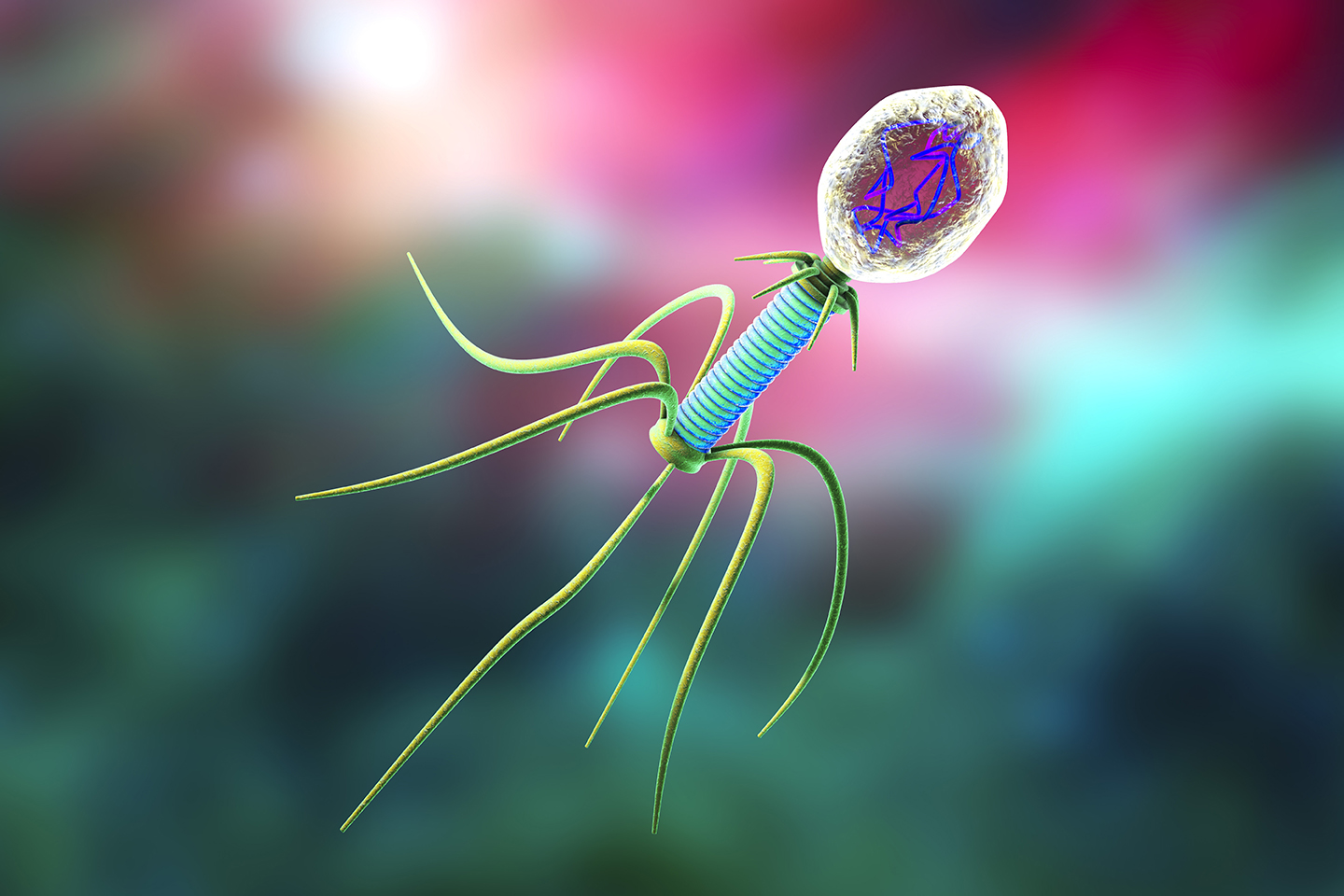
What are bacteriophages, and where are they found?
- Different types of bacteriophages have been proposed as fecal or viral indicators of contamination in water, biosolids, and food.
- Bacteriophages are defined or classified according to the bacterial host strain they infect.
- Bacteriophages are bacterial viruses that share many properties with human or animal viruses, such as composition, structure, morphology, or capsid size.
Bacteriophages behave like human/animal viruses concerning:
- Circulation through filters (membranes, ultrafiltration…).
- Surface adsorption (particles, membranes… )
- Physical and chemical resistance to disinfection
- Increased resistance to disinfection when adsorbed on solid surfaces.
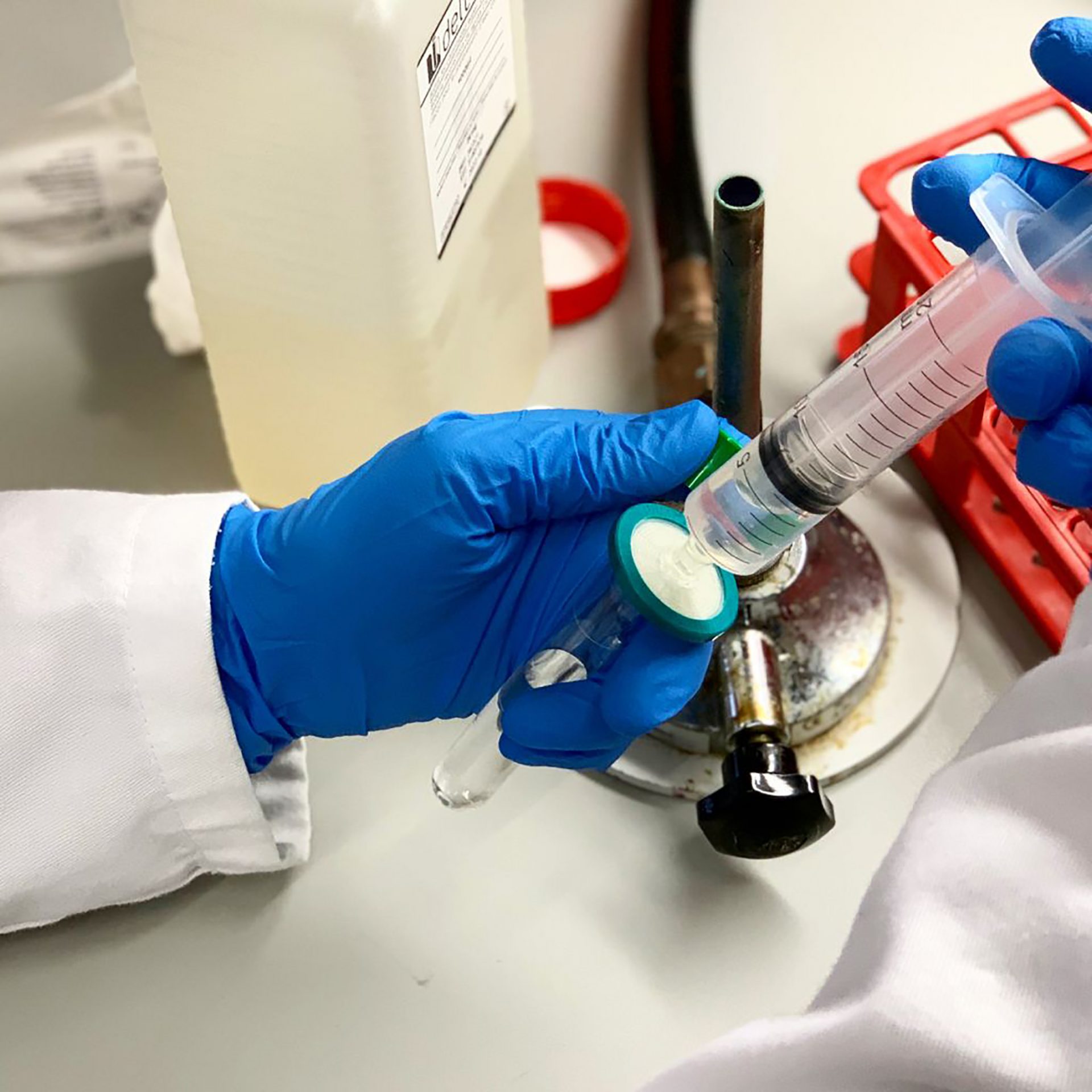
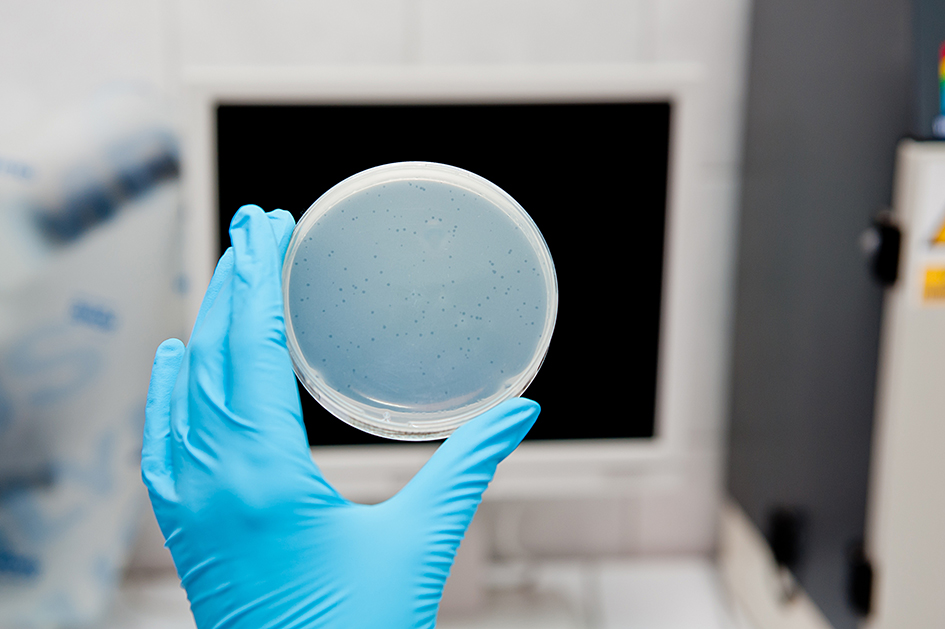
Additional advantages of bacteriophages
- In fecal contamination, bacteriophages are more abundant than human viruses (except in diseased humans).
- High and very constant concentrations in sewage water
- Stability at 4 ° C for 48h and for months at -20 ° C or -80 ° C with 10% v/v of glycerol
- Errors caused by bacterial indicators due to stress phenomena, reactivation, damaged metabolic forms… are eliminated.
- Fast, easy, and low-cost detection.
Relationship observed between bacteriophages and cytopathogenic enteroviruses in secondary and tertiary treatments:

Bacteriophage groups proposed as indicators.
Classification according to the bacterial host strain they infect
Somatic coliphages
- Infect coli through the cell wall
- Host strain (verbal agreement) CN13, WG5 derived from coli C (ATCC13706)
F-specific coliphages
- Infect coli and other enterobacteria through the sexual pili found on the plasmid
- Host strain Salmonella typhimurium WG49 and E.coli HS
Bacteriophages Bacteroides fragilis
- Infect Bacteroides fragilis through cell wall (HSP40, RYC2056)
The Bluephage product portfolio consists of an all-in-one kit and biological material media prepared to save time and resources for detecting and quantifying F-specific and somatic coliphages in water, respectively, according to ISO and US-EPA protocols in 100mL and 1mL samples.
